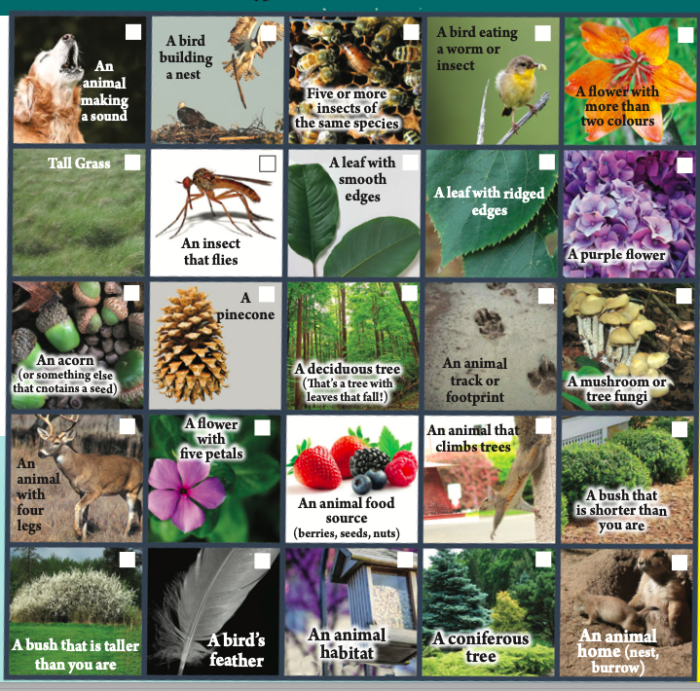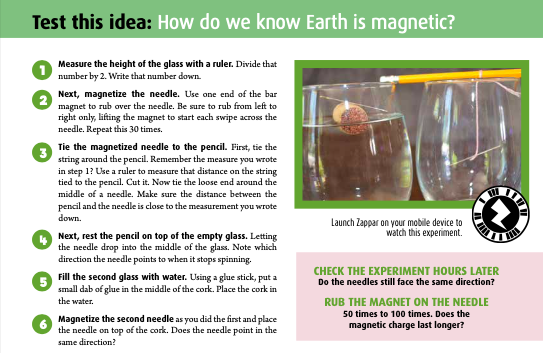
Explore a variety of STEAM activities with Brainspace in honour of National STEAM Day on November 8th!
Join us to celebrate 5 days of STEAM with tons of STEAM activities each of the five days this week! View all our blogs for this week here:
Day 1: Science (3 activities)
Bio-Bingo
Go outside, in a park, at home, or in your neighbourhood and check off as many life forms as you
can. Play with friends by printing this Bio-Bingo card below. Decide on a straight line, horizontal line, diagonal line or full card! The greatest fun is that the game changes everyday with new life-forms to see. So play again and again.

Under Water Magic Sand
YOU WILL NEED
• coloured sand (1-3 colours)
• fabric protector spray (such as ScotchgardTM)
• spoon
• aluminum foil or wax paper
• baking sheet (any size)
• clear glass bowl or wide-mouth jar
• water
• one container for each colour of sand
METHOD
1. Line your baking sheet with the aluminium foil or wax paper.
-
Lay the sand out on the lined baking sheet.
-
Have a parent help you with this step! In an outdoor area, spray the sand with the fabric protector. After 10 minutes, stir the sand, and spray on another coat, making sure all the grains of sand are coated. Let dry for 1 hour and set aside in an individual container.
-
Repeat this step for all colours of sand.
-
Fill the glass vase/jar with water.
-
Pour each batch of sand into the water.
-
Observe what happens to the sand. The sand should clump together as it falls into the water and to the bottom of the jar. Try to play with the sand inside and outside of the water. Notice how the colours don’t blend together into one colour; instead, they stay separated.
-
When you’re done playing and observing, the sand can be dried out and re-used!
Our Magnetic Earth
Under your feet – approximately 2,900 km down into the ground – is Earth’s core. If you could dig through to the inner core of our planet, your shovel would hit a hard ball of pressurized iron and nickel. But your metal shovel would be sucked from your hands and drawn to the core because both iron and nickel are ferromagnetic. This means that nickel and iron are not only highly magnetic, but they can also become magnets. In the 1580s, William Gilbert was the first scientist to suggest that the Earth is a weak magnet, but it was Carl Friedrich Gauss that measured the Earth’s magnetic field strength in 1832. Evidence shows that our planet has been magnetic for 3.5 billion years, yet it is believed that Earth’s core has been solid only for the past one billion years.
Test this idea: How do we know the Earth is magnetic?


